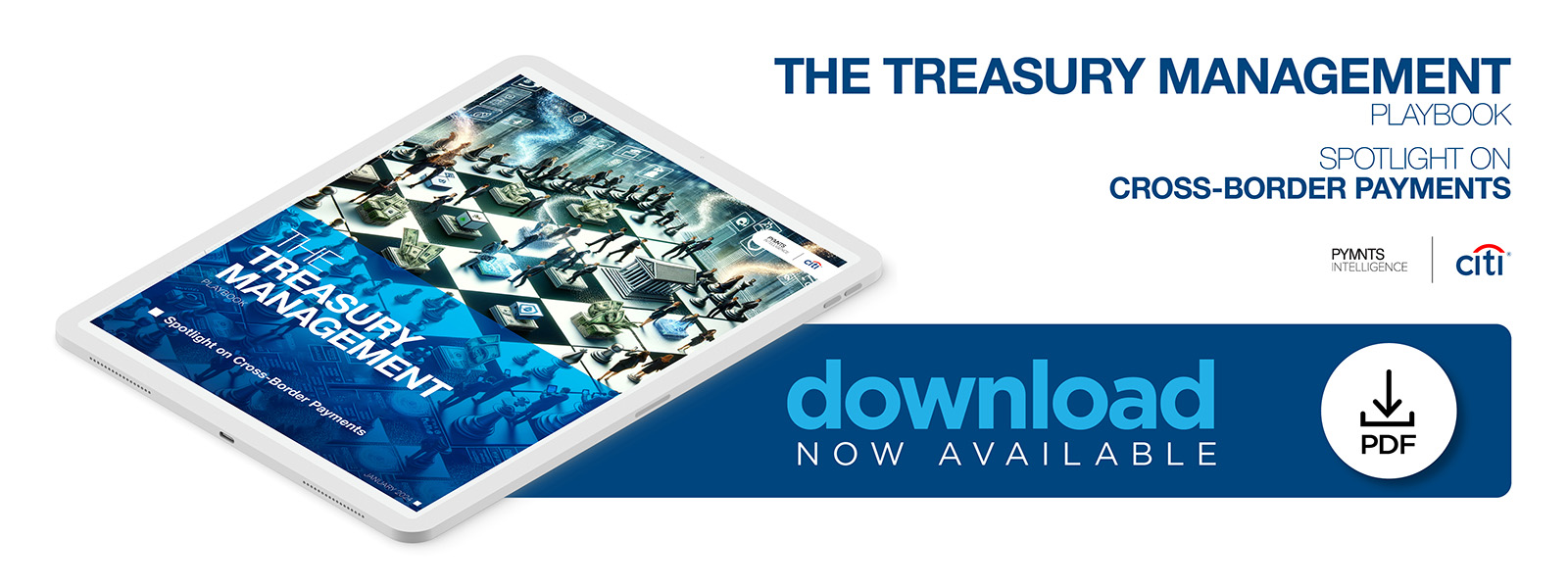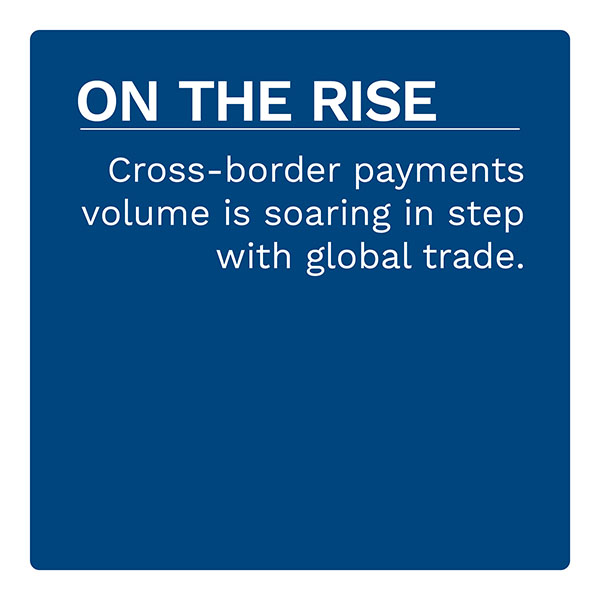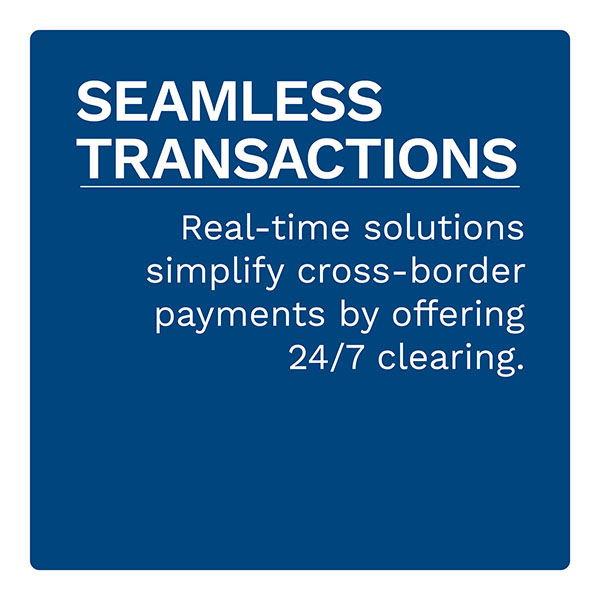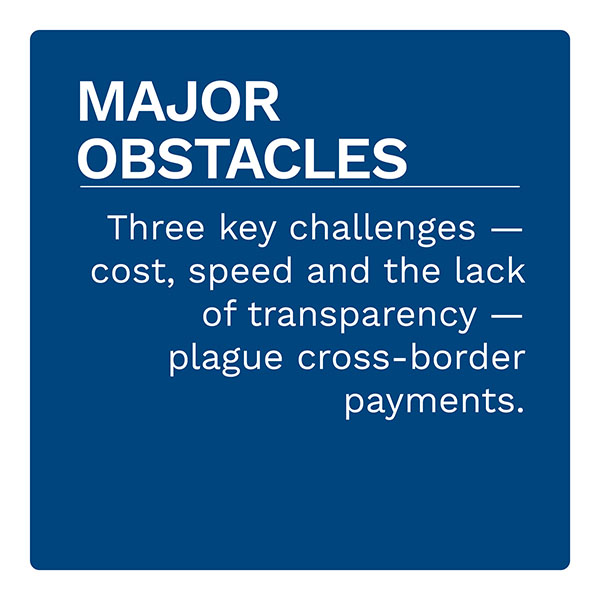New Report Examines Impact of Cross-Border Payments on Business Growth


In an era of disruptive technologies, cross-border payments are quietly undergoing a revolution. The emerging paradigm centers around cost-effective, real-time payment options with maximum visibility for both sender and receiver.
 Beyond driving international sales, cutting-edge payment solutions provide a range of benefits to CFOs and corporate treasurers. These include simpler payment execution, streamlined compliance and improved cash flow and liquidity management. This shifting landscape brings opportunities as well as challenges.
Beyond driving international sales, cutting-edge payment solutions provide a range of benefits to CFOs and corporate treasurers. These include simpler payment execution, streamlined compliance and improved cash flow and liquidity management. This shifting landscape brings opportunities as well as challenges.
These are just a few insights explored in “The Treasury Management Playbook: Spotlight on Cross-Border Payments,” a PYMNTS Intelligence and Citi collaboration. This report examines why cross-border payments are more important than ever and how companies can minimize frictions associated with international transactions.
Cross-border payments have soared in tandem with global trade.
 Global trade rebounded quickly from the pandemic and has climbed to new heights, propelling a similar increase in cross-border payments. Swift payment volume now averages roughly 45 million transactions per business day as more companies sell and transact across borders. The rising tide of international trade and cross-border transactions means businesses must look abroad to maximize growth and access the greatest number of customers.
Global trade rebounded quickly from the pandemic and has climbed to new heights, propelling a similar increase in cross-border payments. Swift payment volume now averages roughly 45 million transactions per business day as more companies sell and transact across borders. The rising tide of international trade and cross-border transactions means businesses must look abroad to maximize growth and access the greatest number of customers.
Speed, lack of transparency and cost are core pain points for cross-border payments.
 Traditional cross-border payment methods, such as wire transfers, entail significant friction for businesses. The three most commonly cited pain points are slow speeds, lack of transparency and high costs. Fortunately, quality solutions that include real-time payment rails can address all three, providing rapid clearance, tracking and greater cost efficiency.
Traditional cross-border payment methods, such as wire transfers, entail significant friction for businesses. The three most commonly cited pain points are slow speeds, lack of transparency and high costs. Fortunately, quality solutions that include real-time payment rails can address all three, providing rapid clearance, tracking and greater cost efficiency.
Companies should align cross-border solutions with overall growth strategies.
Where does the company aim to grow, and how much focus is on international markets? The more a business looks abroad for new markets and customers, the more important seamless and efficient cross-border payments become. Treasury executives who understand the importance of adopting better payment solutions should advocate for prioritizing these innovations.
Cross-border payments are increasingly important for businesses of all sizes. Download the report to learn more about cross-border payments and how real-time solutions can address the challenges plaguing international transactions.

